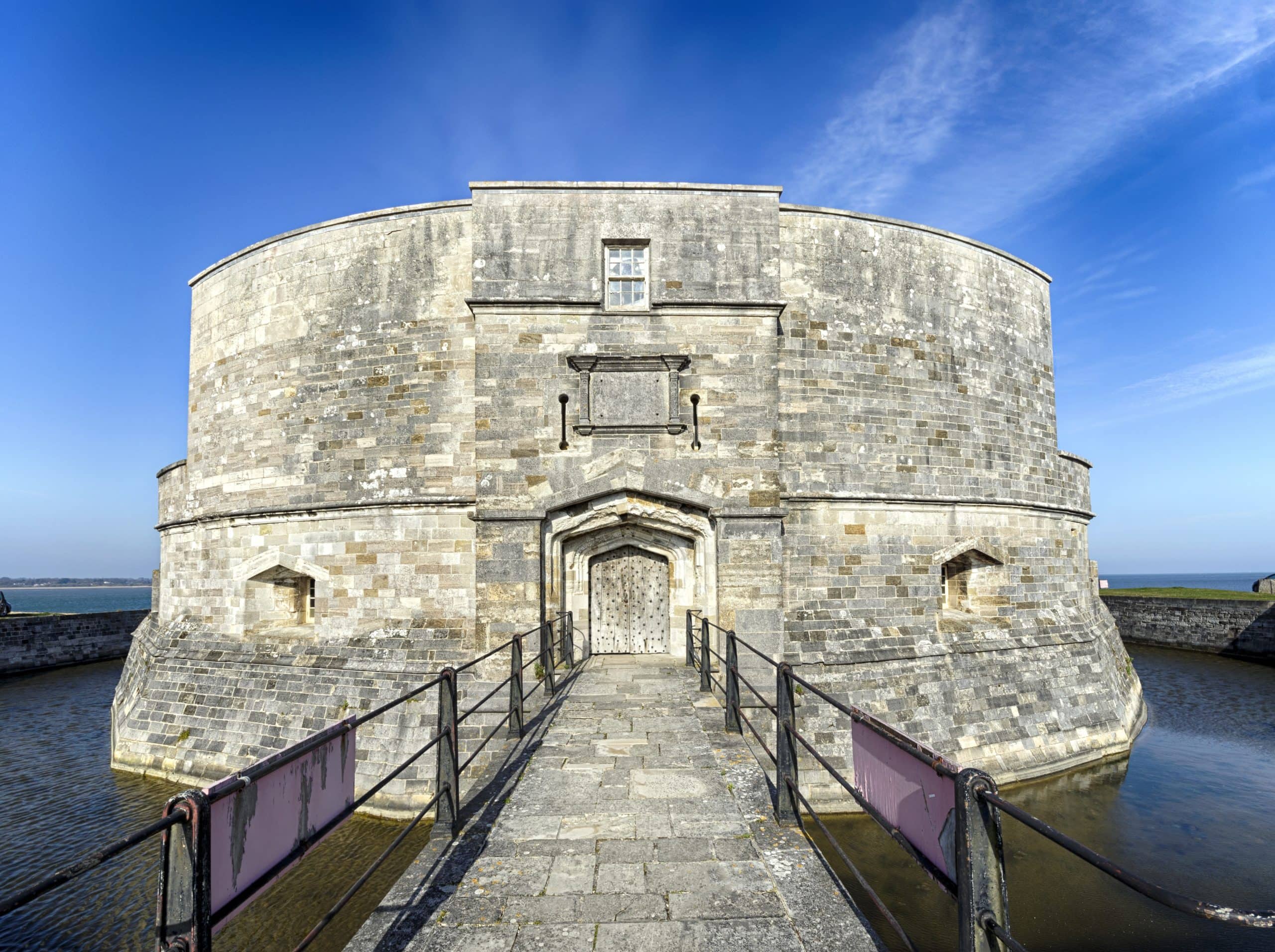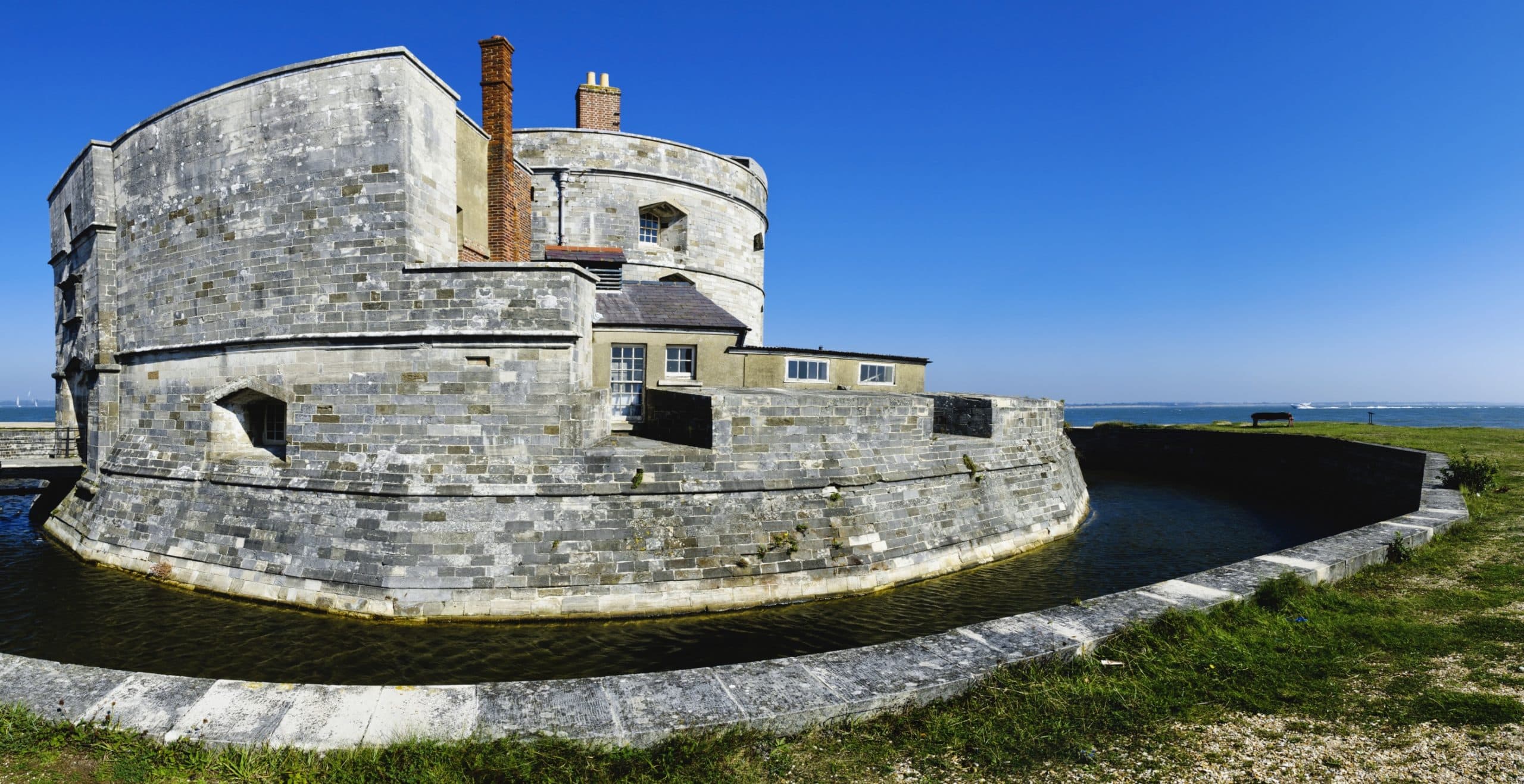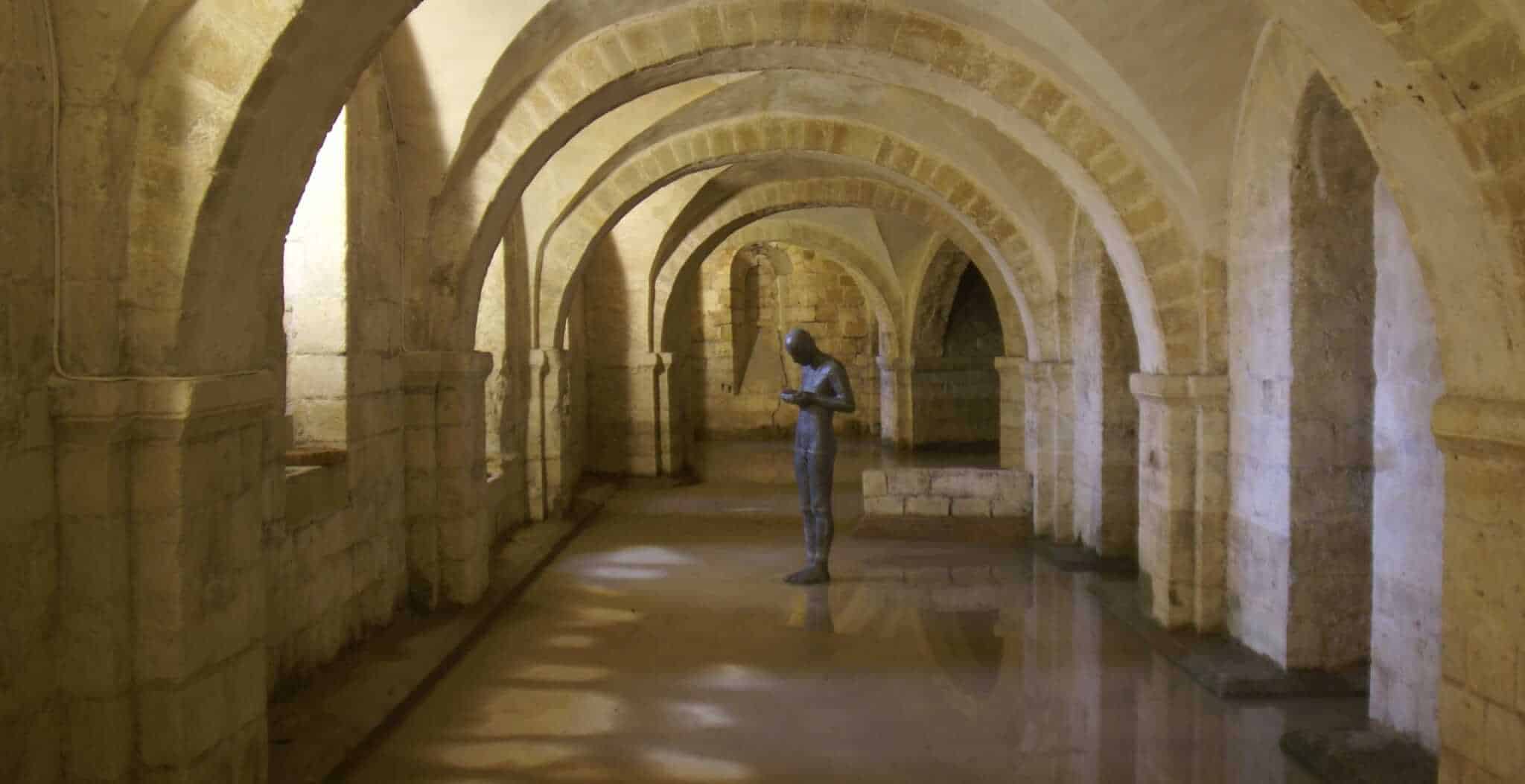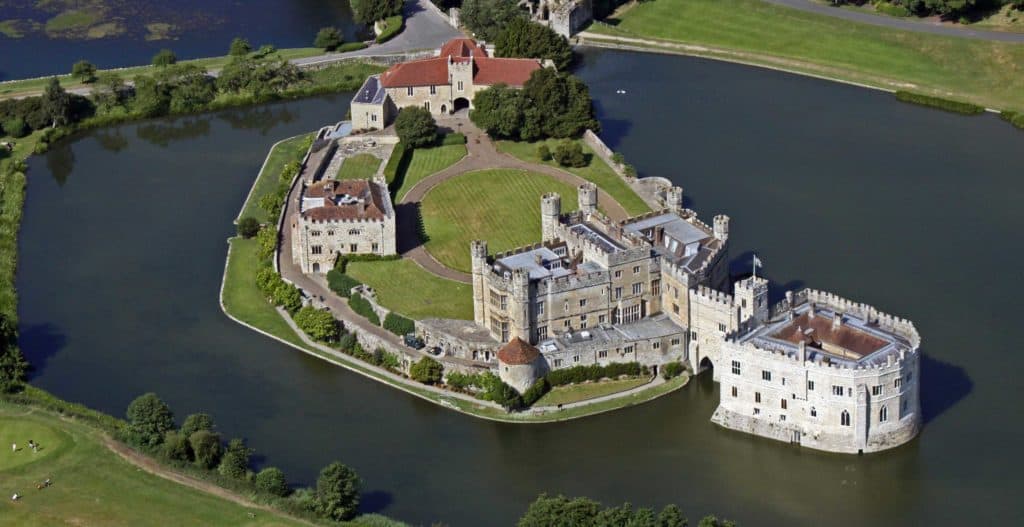Telephone: 02380 892023 (when castle is closed, call 02380 892077)
Website: https://www.english-heritage.org.uk/visit/places/calshot-castle/
Owned by: English Heritage
Opening times: Closed beginning of November – end of March. Dates and times vary throughout the year, see the English Heritage website for more details. Entrance charges apply to visitors who are not English Heritage members.
Public access: Disabled parking located approximately 10 metres from the site entrance. No dogs except assistance dogs. Baby changing facilities available. Entrance to the tower is by steep staircase only.
An intact coastal artillery fort built by Henry VIII to guard the entrance to Southampton Water. Calshot was built as part of a chain of coastal defences to protect England’s coast from foreign invasion, following Henry’s decision to break from the Roman Catholic Church. These defences were known as “Device Forts” and Calshot is a particularly good example because of its state of preservation. This circular blockhouse was built in 1540 re-using stone, with a twist of irony, from Beaulieu Abbey after Henry’s dissolution of the monasteries.
The purpose of this sturdily constructed fort was to defend the point at which Southampton Water met the Solent. This provided protection for the wealthy and strategically important town of Southampton as well as the naval base at Portsmouth. The circular fort was constructed on Calshot Spit, and eventually had a curtain wall and moat to protect the 36 artillery pieces that were manned by a 15-strong garrison over three levels. A fire in the 1580s required a large shipment of trees for repair work, but even under the constant threat from Spain, the garrison was much reduced by this point.
During the English Civil War, Calshot Castle was occupied by Parliamentarian forces which held it successfully against the army of the king. It was also used throughout the Napoleonic Wars and both World Wars, between which it was RAF Calshot. In the immediate post-war period, it was home to Sunderland Flying Boats that were involved in the Berlin Airlift. The simple and practical blockhouse design may account for the fact that Calshot remained in military use until 1961. Today Calshot Castle is a Grade II* listed building and is a scheduled monument in the care of English Heritage.






